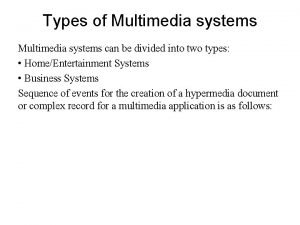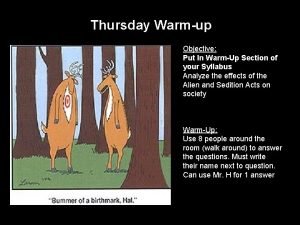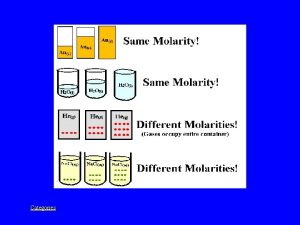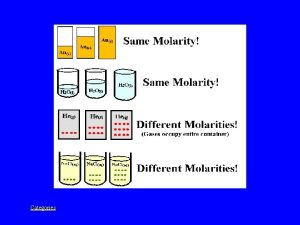Warmup Into which categories would you put the





![Notation • Interval : [ ] means you include the number in the brackets Notation • Interval : [ ] means you include the number in the brackets](https://slidetodoc.com/presentation_image_h/27bd3f739b448f21b3e43f57306d71fb/image-6.jpg)













- Slides: 19

Warmup Into which categories would you put the following numbers? List all that apply:

Homework Check

What is the terminology we use to analyze a function?

What can you tell me about this graph?

Notation • Interval – represents an interval as a pair of numbers. The numbers are the endpoints of the interval. Parentheses and/or brackets are used to show whether the endpoints are excluded or included (what we will use) • Set – using inequalities to describe the values (what you probably used to use)
![Notation Interval means you include the number in the brackets Notation • Interval : [ ] means you include the number in the brackets](https://slidetodoc.com/presentation_image_h/27bd3f739b448f21b3e43f57306d71fb/image-6.jpg)
Notation • Interval : [ ] means you include the number in the brackets (like less than or equal to) ( ) means you don’t include it (like just less than)

Domain • The x-values in the graph • Independent variables • What you put into the function Range • The y-values in the graph • Dependent variables • What you get out of the function

What is the domain and range?

Interval of Increase/Decrease • Sweep from left to right and notice what happens to the y-values • Increasing goes up (L to R) • Decreasing falls down (L to R) • Constant is a horizontal graph

Give the intervals of increase and decrease

Axis of Symmetry • The line over which a graph will perfectly match itself. This only exists for some functions. • Always in the form x = _______

Extrema Maximums Minimums • The highest point on the graph • The lowest point on the graph

Give the extrema:

Zeros/Roots/Solutions/Intercepts • The points where the graph crosses the xaxis. • Called a zero, because if you plug in the x -value, you get out a zero. • Called the solution because it is a solution to the equation when set equal to zero.

Give the solutions:

Intercepts • x-intercept – the point at which the line intersects the x-axis at (x, 0) • y-intercept – the point at which the line intersects the y-axis at (0, y)

End Behavior • What a function keeps doing after it leaves the graph. • As x goes to the right, where does y go? • As x goes to the left, where does y go? • Your answers will be: None, a number, , or. Usually one of the last two.

End Behavior

Analyze this graph domain, range, axis of symmetry, extrema, intervals of increase and decrease, zeros, and end behavior
 You put your left foot in you put your left foot out
You put your left foot in you put your left foot out Multimedia objects can be classified into 2 categories
Multimedia objects can be classified into 2 categories Would prefer
Would prefer Would prefer and would rather
Would prefer and would rather Theocracy can coexist with monarchy true or false
Theocracy can coexist with monarchy true or false There is a river you must cross
There is a river you must cross A substance that cannot be broken down
A substance that cannot be broken down Warmup ratio
Warmup ratio Warmup 65
Warmup 65 Gmass warmup
Gmass warmup Status vs class
Status vs class Surface area warm up
Surface area warm up Identical rhyme examples
Identical rhyme examples Multiplication property of exponents
Multiplication property of exponents Java warmup
Java warmup Define:warmup
Define:warmup Persuasive essay quotes
Persuasive essay quotes Tinman schwartz
Tinman schwartz Warmup 65
Warmup 65 Warmup end
Warmup end



































